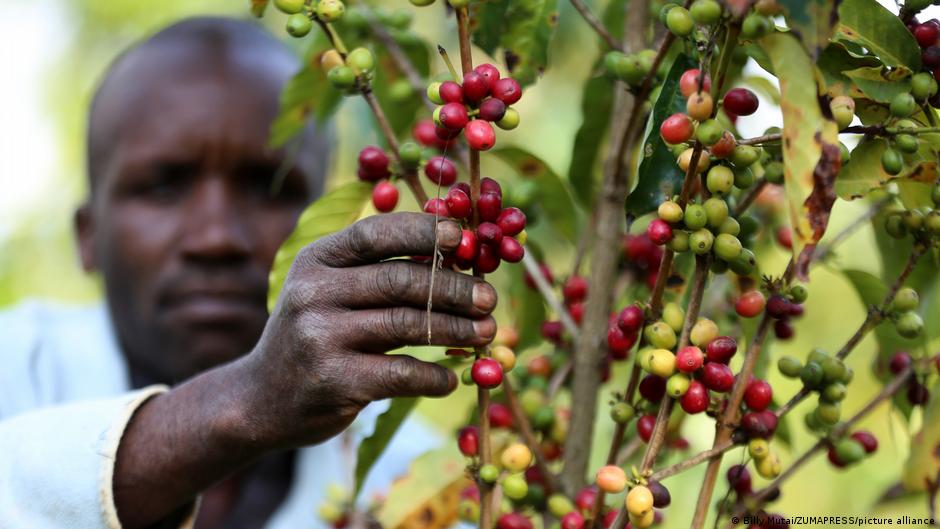Coffee-growing farmers in Tanzania’s northern Kilimanjaro region are counting their losses as climate change continues to affect their incomes and livelihoods.
A coffee improvement manager at the Tanzania Coffee Research Institute, Damian Mtega told newsmen that rising temperatures around Mt Kilimanjaro and insect outbreaks had reduced coffee production by up to 75%.
He said that the rising temperatures had brought drought, increased diseases, and killed insects that pollinate coffee plants.
Government statistics show that Tanzania is the third-largest coffee producer in Africa, producing on an average 40,000 metric tons of coffee annually and so generating a revenue of $162 million a year.
Read also: Research: Africa needs $2.8trn in climate finance investments
Mtega explained that the most lucrative variety of coffee that accounts for up to 70% of Tanzania’s production — is vulnerable to temperature fluctuations, adding that the Arabica variety requires mild rainfall and at least four months of dry weather to grow well.
He further noted that areas at lower elevations are no longer suitable for coffee farming and that some farmers in Kilimanjaro have been forced to move to higher ground, where temperatures remain sufficiently cool.
On her part, Vicky Massawe, who grows coffee on her 1-acre (0.4-hectare) farm in the rolling hills of Machame in north Kilimanjaro, said that bad weather has disrupted the growing cycle.
“We are suffering a lot from drought, even rains have become unpredictable,” said Massawe, who is the head of a local group that represents hundreds of small coffee farmers.
She noted that the region’s climate was once ideal for growing coffee, with stable temperatures and adequate rainfall, adding that in recent decades, the climate has become increasingly hostile.
“Temperatures are rising and there is a delay in rains that adversely affect coffee growers,” she said. “Extreme weather conditions such as heavy rainfall and frequent drought spells are threatening the livelihoods of many farmers like me”.
While complaining that too much rain during the critical flowering stage has also damaged flowers even before the beans could take shape, the farmers blamed drought for damaged, twisted, or undersized beans.
Story was adapted from AA.
